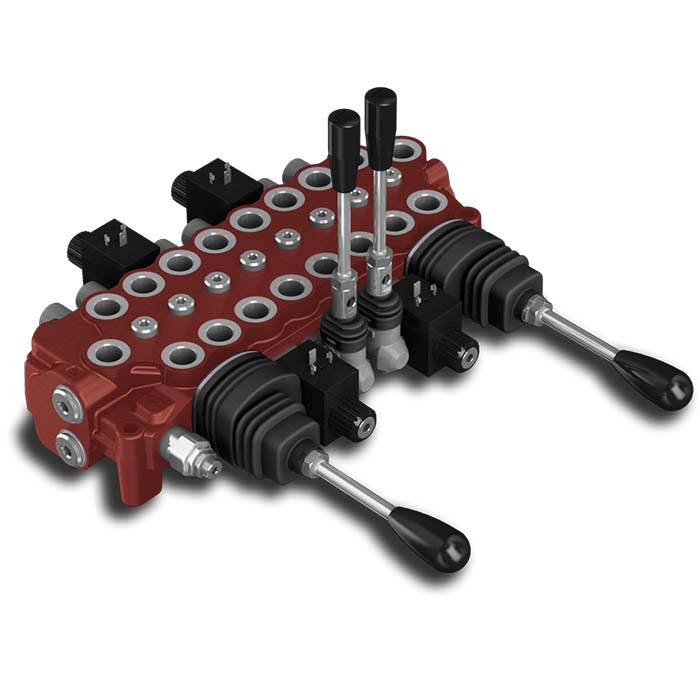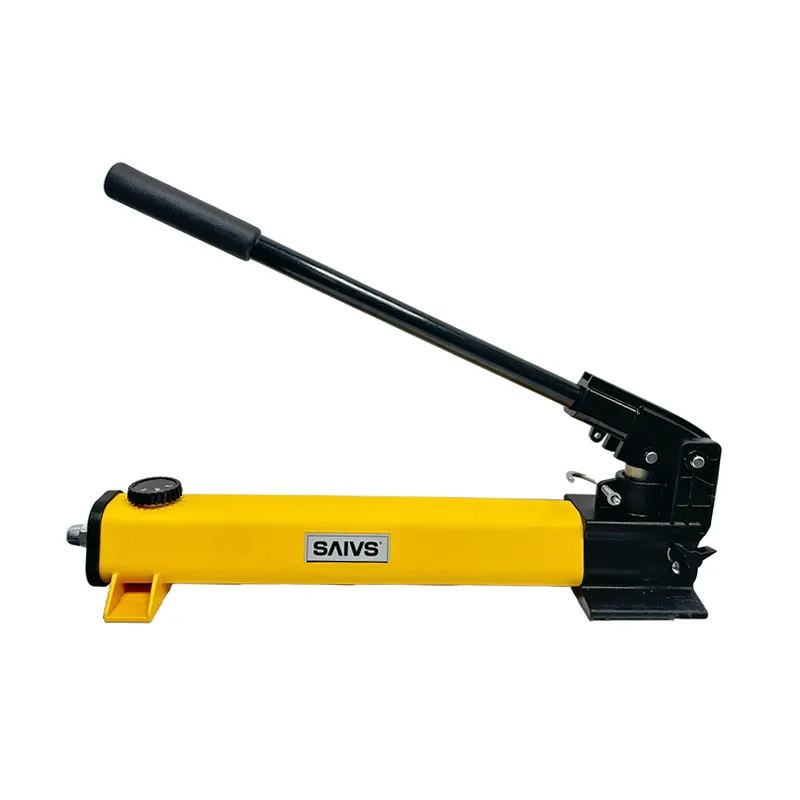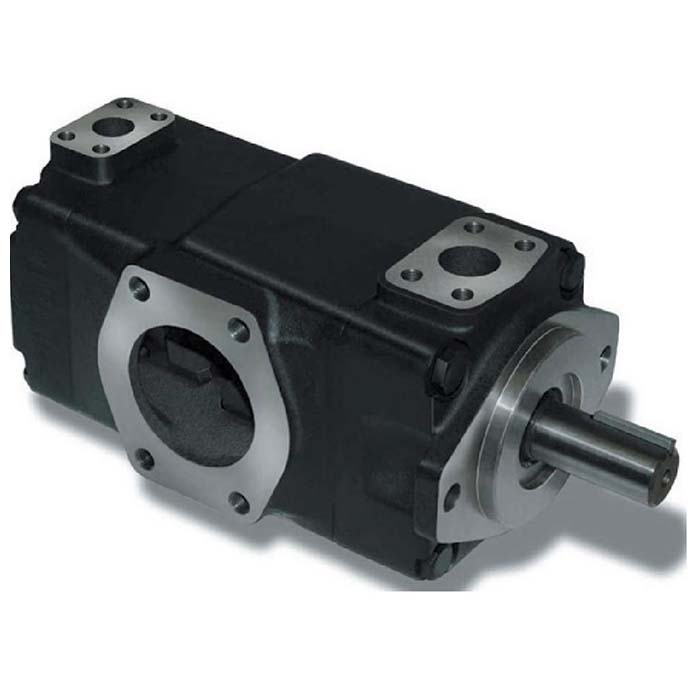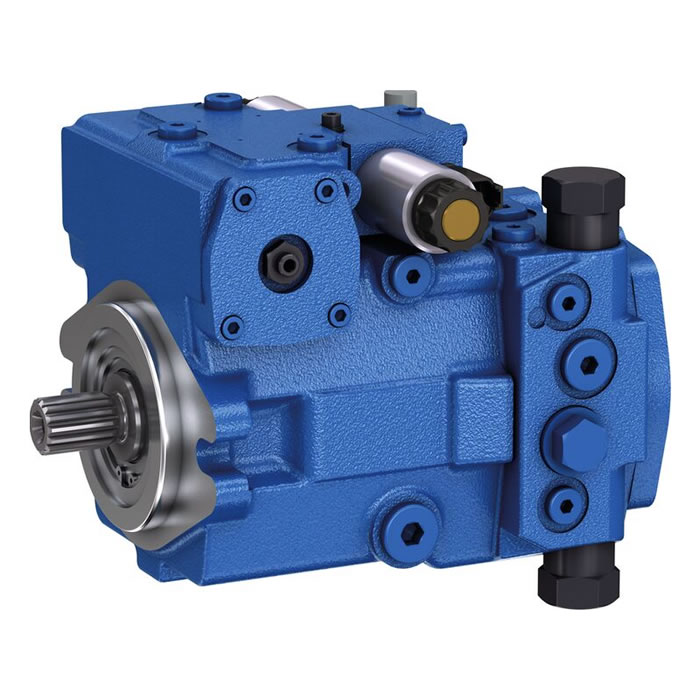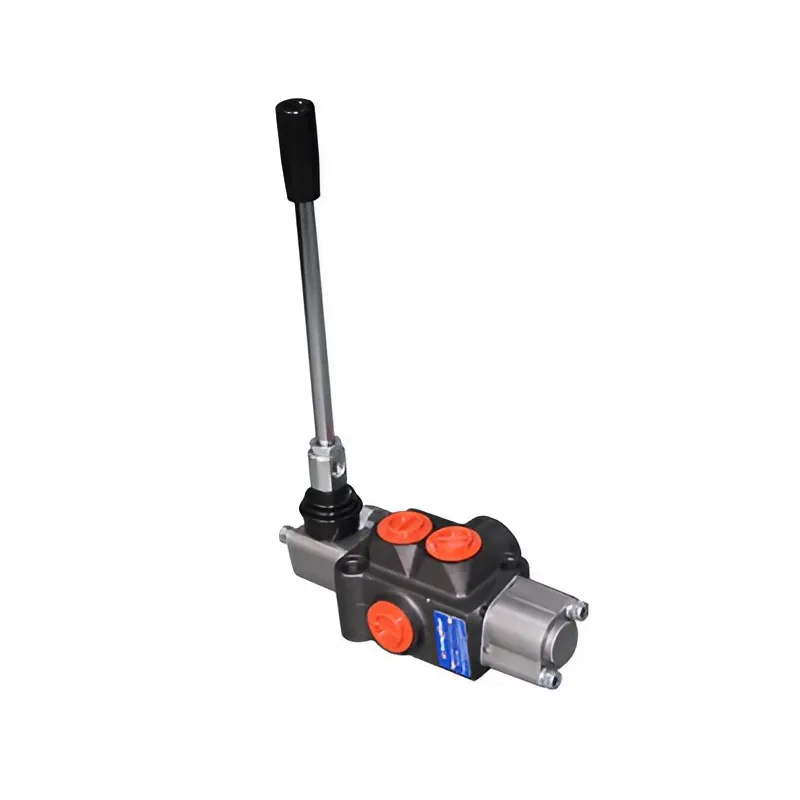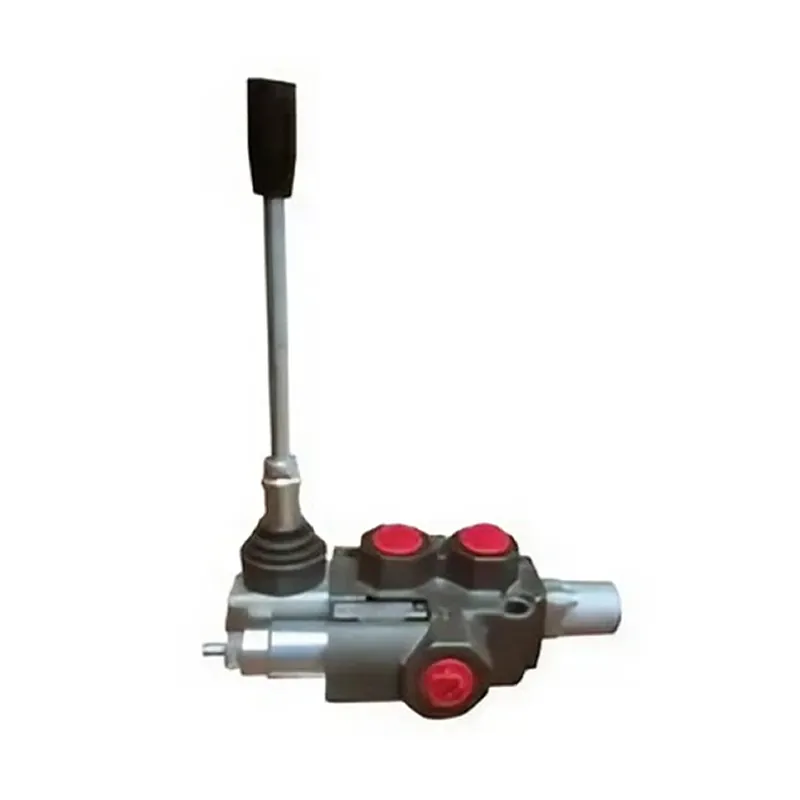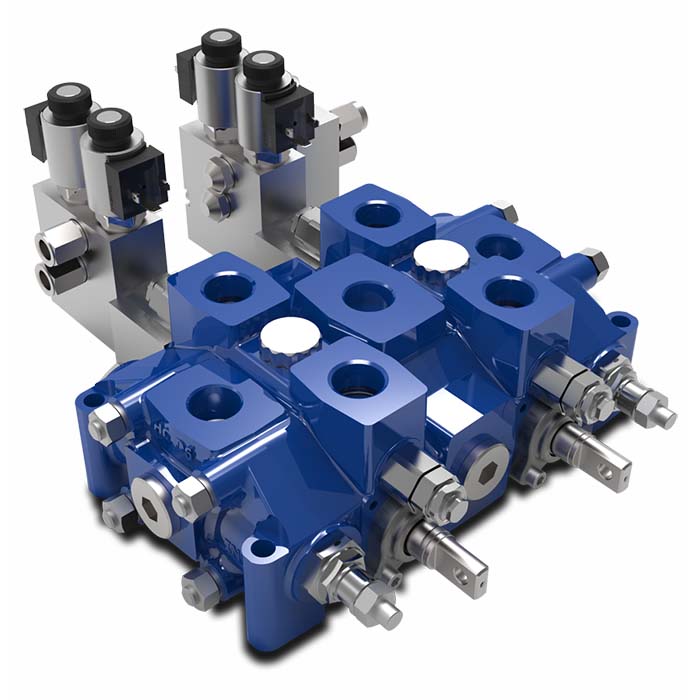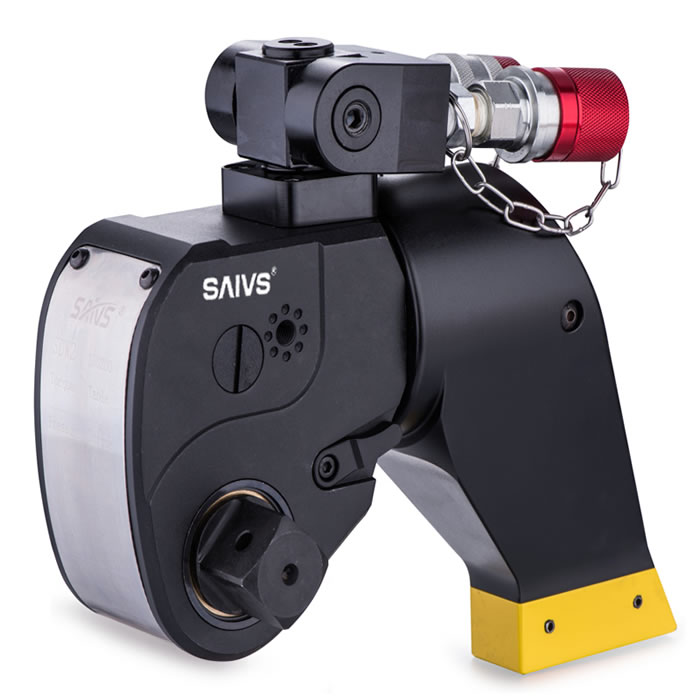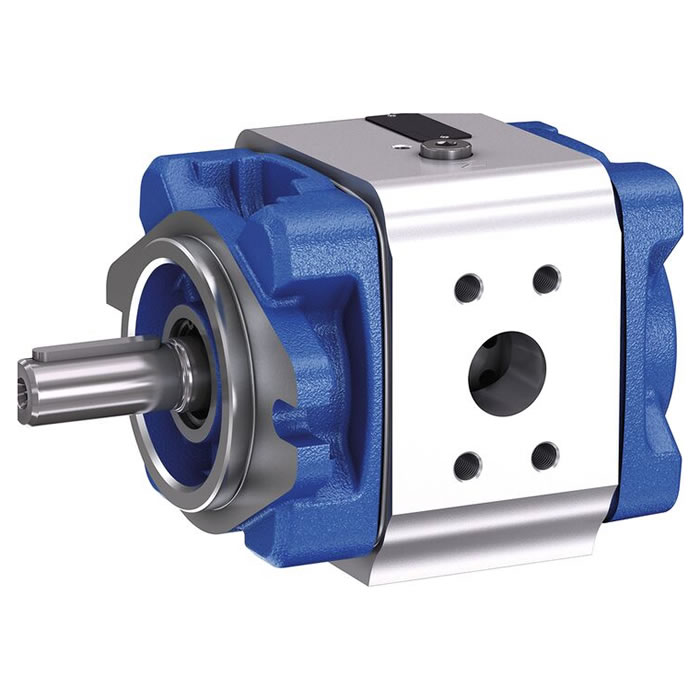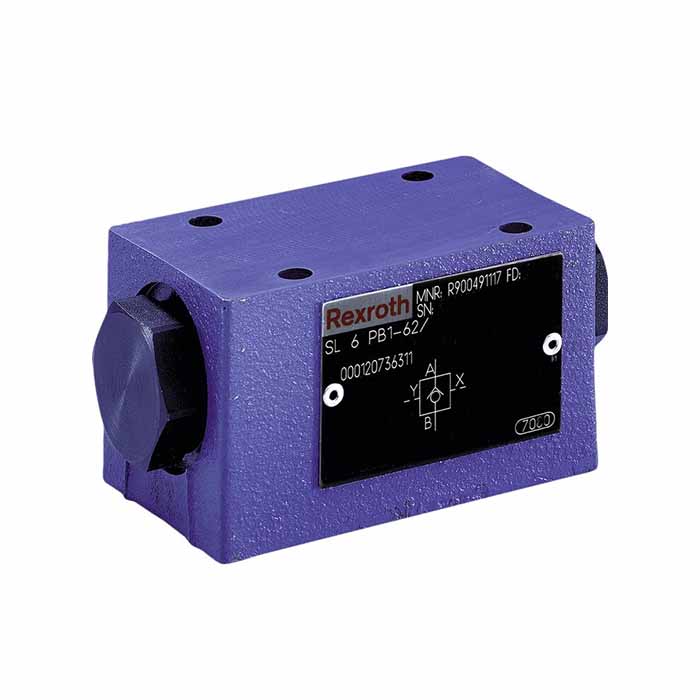What Are the Most Common Relief Valve Failures and How Can You Fix Them?
Common Relief Valve Failures and Solutions
Relief Valve Pressure Regulation Failures
1. Pressure Does Not Reach the Set Value
When adjusting the pressure handle, if the system pressure fails to reach the rated value, the main causes could include:
- Deformed or broken pressure regulating spring
- Severe leakage due to poor pilot valve sealing
- Leakage from the remote control port
- Improper sealing between the main spool and sleeve
Replace the faulty components and ensure all seals are intact to restore proper pressure control.
2. System Immediately Loses Pressure After Build-up
This issue is typically caused by blockage in the damping hole at the end of the main or pilot valve.
If blocked, pressure oil cannot enter the upper chamber of the main valve spool, causing it to stay open and continuously overflow system pressure.
Even when the pressure drops, the spool remains open, preventing pressure recovery regardless of handle adjustments.
Cleaning or replacing the blocked components is necessary.
3. System Overpressure — Valve Does Not Function
There are two main causes:
- Blockage in the damping hole ahead of the pilot valve spool prevents pilot operation
- The upper chamber of the main spool is sealed due to clogging
In both cases, the relief valve loses its limiting function, resulting in dangerously high system pressure. This can lead to serious damage like broken bolts or pump failure.
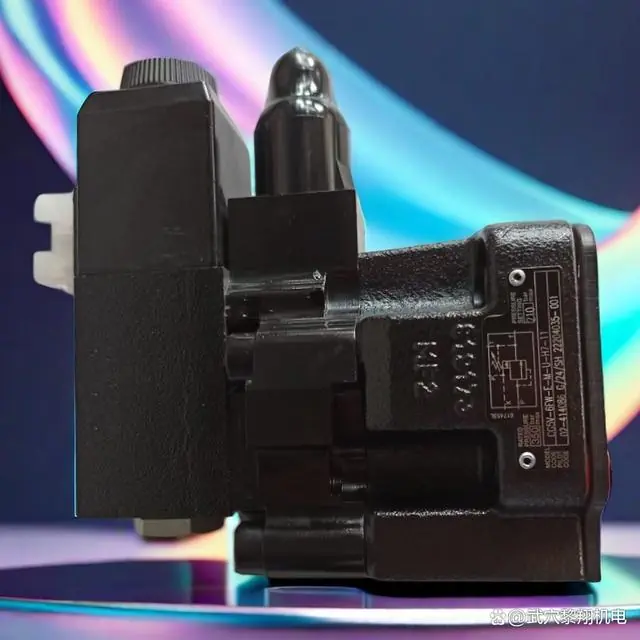
Unstable Pressure and Pulsation
Causes of Pressure Instability
- Oil contamination causing debris to block pilot valve ports
- Sticky spool movement due to contamination
- Air mixed in hydraulic oil
- Excessive oil temperature
- Poor contact between spool and valve seat
- Oversized damping orifice reducing damping effect
- System resonance
Recommended Actions
Use clean hydraulic oil, maintain regular filtration, ensure proper system ventilation, and optimize valve orifice size to stabilize pressure output.
Noise and Vibration Issues
Main Causes of Abnormal Noise
- Resonance with nearby valve components
- Worn pilot valve port or air in remote control port
- Incorrect pipe diameter between remote port and main valve (recommended: 6mm)
- Foreign matter inside the valve causing spool misalignment
When the spool sticks to one side under hydraulic force, it generates high-frequency vibration and noise, especially at pressures above 10 MPa.
This leads to spring vibration and abnormal system sound — often resembling a whistle — along with sharp pressure gauge oscillation.
Solution Tips
Replace springs with more appropriate specifications, switch to external drain, clear internal valve contamination, and consider upsizing the valve for larger flow rates.
Conclusion
Relief valves play a critical role in pressure control within Hydraulic Systems.
Timely diagnosis and troubleshooting of common issues can prevent major failures and extend equipment life.
Our company offers high-quality relief valves and customized hydraulic solutions tailored for machinery, agriculture, and industrial applications.
Contact us today for expert support and competitive pricing.

